Breast Implant Illness: The Main Side Effect of Breast Augmentation
Body Plastic Surgery
Breast augmentation is a popular cosmetic surgery that involves the insertion of implants to increase the size and improve the shape of the breasts. While breast augmentation has become more common over the years, it is not without its risks. One of the main side effects associated with breast augmentation is Breast Implant Illness (BII). BII is a condition that affects some women who have undergone breast augmentation, and it has become a topic of concern in recent years.
Breast Implant Illness is a term used to describe a range of symptoms that can occur after breast augmentation surgery. These symptoms can include fatigue, joint pain, muscle weakness, brain fog, and even autoimmune disorders. While the exact cause of BII is not yet fully understood, there is growing evidence to suggest that it may be related to the presence of breast implants in the body. In this essay, we will explore the main side effect of breast augmentation - Breast Implant Illness. We also discuss breast implant illness symptoms, causes, and potential treatments.
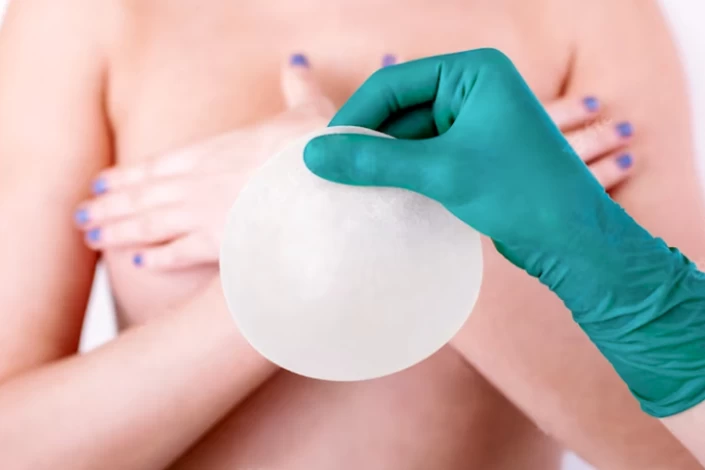
What Is Breast Augmentation?
Breast augmentation, also known as a boob job and augmentation mammoplasty, is a body cosmetic surgery involving placing breast implants inside the breast tissue to make them look larger, firmer, and more projected. This operation is mainly done for the following reasons:
- To increase the size of the breasts
- To make the breasts look even
- To improve the patient's self-esteem
- To make the saggy breasts firmer after breastfeeding or significant weight loss
- To restore the breast tissue after cancer treatment or injury
Types of Breast Implants
Breast implants come in various shapes, sizes, projections, and materials, with saline-filled and silicone-filled implants being the two main types. Saline-filled implants are comprised of a silicone shell filled with saline solution, ideal for those seeking a round and prominent breast appearance but with a less natural look.
On the other hand, silicone-filled implants feature a hard shell filled with medical-grade silicone gel, available in round (anatomical) and teardrop (gummy bear or contoured) shapes, offering a lighter and softer texture for a more natural look and feel.
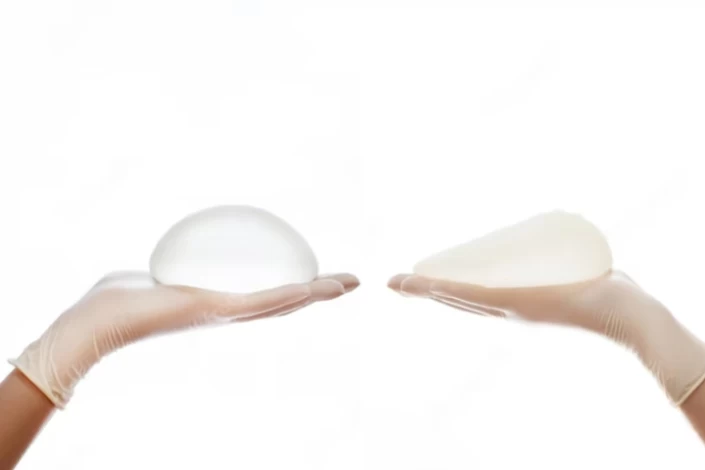
Common Complications of Breast Implants
After the boob job, you will experience moderate pain, tightness, swelling, bruising, and redness in your chest, disappearing within two weeks following the operation. Besides these temporary discomforts, you may face some common complications and problems after the surgery, such as:
- Red and prominent scars on the surgical area;
- Feeling hardness in the breast tissue;
- Lumps and bumps due to implant leakage or accumulation of fluid under the skin;
- Rotation or misplacement of the implant(s);
- The wrinkle of the breast implants, which can be seen through your skin;
- Mild infection and fever; and
- Uneven look at the breasts.
Rare Complications of Breast Implants
In addition to the abovementioned complications, some of the rare breast augmentation side effects may as be as follows:
- Breast implant illness (BII);
- Damage to the nerves and blood vessels of the nipple;
- Temporary or permanent change in the sensation of the breasts;
- Development of a highly rare cancer, namely anaplastic large cell lymphoma (ALCL);
- Capsular contracture;
- Severe infection which requires removal of the implant;
- Allergic reaction to the anesthetics used during the operation;
- Formation of hypertrophic scars on the breasts;
- Damage to the breast tissue and milk ducts;
- Formation of blood clots in veins;
- Severe bleeding during and after the procedure; and
- Silicone poisoning.
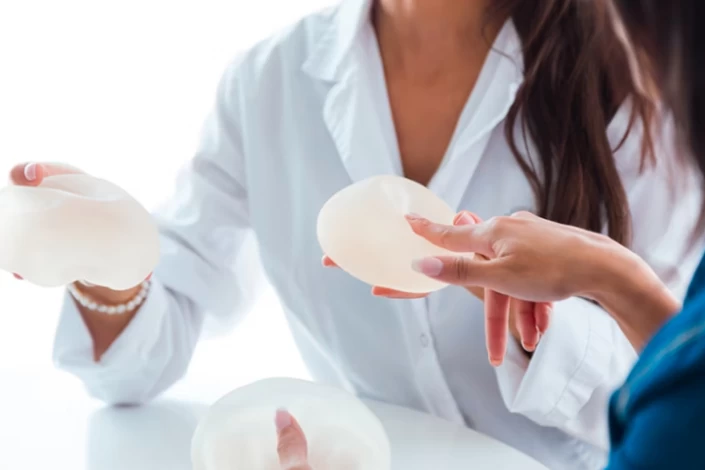
What Is Breast Implant Illness?
Breast implant illness, commonly known as BII, refers to various symptoms that emerge after breast augmentation surgery and can impair one's health. Breast implant illness is not an official medical term as its causes and symptoms are still under investigation; however, they are real and serious.
There are different hypotheses about the cause of BII, such as having an autoimmune disease like lupus or rheumatoid arthritis, having a connective tissue disorder, having multiple allergies, and having an inflammatory reaction to the implants. However, experts still debate about the main cause of this disease.
Breast Implant Illness Symptoms
Breast Implant Illness (BII) refers to a range of symptoms that some individuals with breast implants may experience. These symptoms are often debilitating and can significantly impact a person's quality of life. While there is ongoing debate and research surrounding BII, many individuals have reported experiencing the following symptoms:
- Fatigue
- Joint and muscle pain
- Cognitive difficulties
- Skin issues
- Changes in vision and hearing
- Gastrointestinal problems
- Mood disorders
- Hair loss
- Dry mouth and eyes
- Unexplained breathing problems
- Weight changes
- Chronic headaches
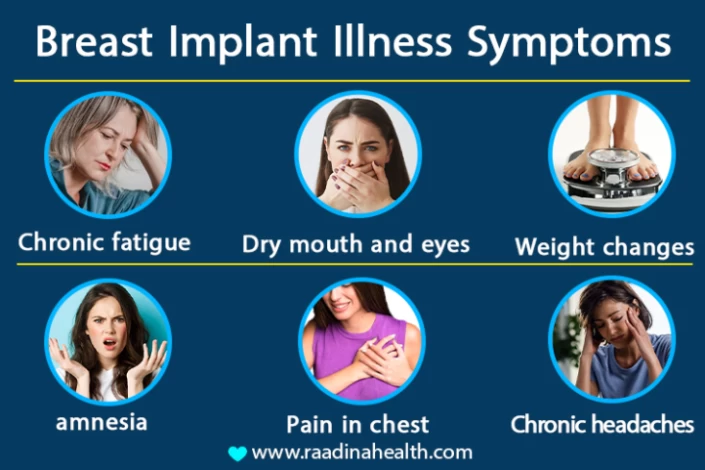
Fatigue
Many women with breast implant illness often complain of extreme fatigue, regardless of the amount of rest they get. This fatigue can be overwhelming and may affect daily activities and productivity.
Joint and muscle pain
BII sufferers commonly report experiencing joint and muscle pain. This pain can range from mild to severe and may hinder mobility and overall physical well-being.
Cognitive difficulties
A significant number of women with BII experience cognitive issues, commonly referred to as "brain fog." This can manifest as memory problems, difficulty concentrating, and overall mental sluggishness.
Skin issues
Some individuals with BII develop skin problems such as rashes, hives, dryness, and itchiness. These symptoms can be persistent and uncomfortable, impacting overall comfort and self-esteem.
Changes in vision and hearing
A subset of BII sufferers experience changes in vision, including blurriness or sensitivity to light. Additionally, some individuals report changes in their hearing, such as tinnitus or increased sensitivity to loud noise.
Gastrointestinal problems
Many individuals with BII experience digestive issues such as bloating, nausea, diarrhea, or constipation. These symptoms can significantly impact a person's diet and overall gastrointestinal health.
Mood disorders
Anxiety and depression are common symptoms experienced by individuals with BII. These mood disorders can be particularly distressing, as they impact emotional well-being and may lead to a decrease in overall quality of life.
Hair loss
Some women report excessive hair shedding or thinning after getting breast implants. This can be emotionally distressing and affect self-image and self-confidence.

Dry mouth and eyes
Dryness in the mouth and eyes is a potential symptom of BII. It can cause discomfort and may be associated with decreased tear and saliva production.
Unexplained breathing problems
Some individuals with BII have reported experiencing unexplained breathing difficulties. This may manifest as shortness of breath, chest tightness, or difficulty breathing without any apparent underlying respiratory conditions.
Weight changes
Weight fluctuations, including both weight gain and weight loss, have been reported by some individuals with BII. These changes in weight may occur without any significant changes in diet or exercise routine.
Chronic headaches
Chronic headaches are another common symptom of BII. These headaches can be persistent, recurring, and not easily relieved by common headache remedies.
It is important to note that BII symptoms can vary from person to person, and not everyone with breast implants experiences them.
What causes breast implant illness?
The exact cause of BII has yet to be fully understood, and it is a subject of ongoing research and debate. Some potential factors that have been suggested as contributing to BII include:
- Immune system response: It is hypothesized that the body's immune system may react to the presence of the implants, leading to systemic symptoms such as fatigue, joint pain, and cognitive issues.
- Silicone leakage: In cases where silicone implants rupture or leak, there is concern that the silicone particles may trigger an inflammatory response in the body, potentially contributing to symptoms associated with BII.
- Biofilm formation: Biofilms are communities of bacteria that can form on the surface of implants. Some researchers believe biofilms may trigger chronic inflammation and contribute to BII symptoms.
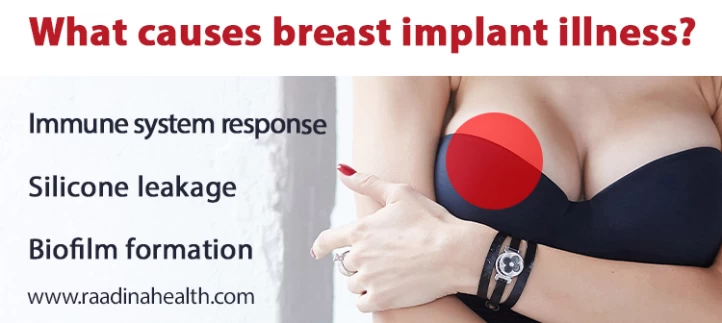
Who Is More at Risk of Breast Implant Illness?
Various tests and examinations are mandatory before a boob job as the underlying conditions increase the risk of getting breast implant illness. People with the following conditions should reconsider having this operation because they are more prone to develop BII.
- Lupus;
- Rheumatoid arthritis;
- Lyme;
- Scleroderma;
- Chronic allergies;
- Fibromyalgia;
- Frequent migraines;
- A history of depression;
- Thyroid problems;
- Irritable bowel syndrome (IBS); and
- Arthritis.
Breast Implant Illness Diagnosis
There has been no actual test or evaluation to diagnose breast implant illness. The only way to diagnose this disease is by looking into the patient's medical history, checking the symptoms, and examining what triggers these symptoms. Based on your symptoms and underlying conditions that caused BII, your plastic surgeon refers you to a rheumatologist, endocrinologist, dermatologist, or neurologist. The treatments suggested by these specialists should alleviate your pain and discomfort; however, if the problems do not go away, you should have your implants removed.
Breast Implant Illness Treatment
Although removing breast implants has been the best treatment for BII, it may not resolve all your symptoms. In this treatment, which is sometimes called en bloc capsulectomy or total capsulectomy, the surgeon removes both implants and their capsules completely. Since BII can develop with all kinds of implants, it is suggested not to replace them with new ones; instead, you can go flat or get a breast reconstruction surgery (with a flap or fat graft) to have shapelier breasts. Having a healthy lifestyle, exercising daily, and avoiding stress will decrease your BII symptoms and promote healing after en bloc capsulectomy.
It should also be mentioned that if you have few BII symptoms or are minimally bothersome, the doctor offers some treatment methods to alleviate the symptoms and keep the implants in their place.
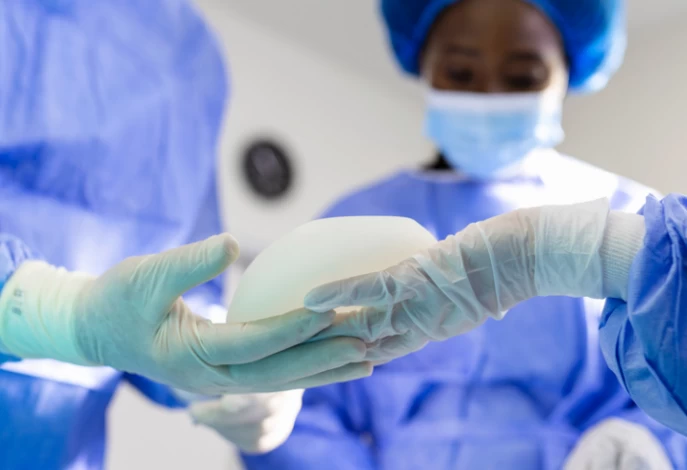
Should I Have My Breast Implant Removed or Not?
Whether to remove the breast implant and its capsule after BII is a tough decision and requires lots of research and consultation; almost 30% of women with BII have replaced their implants to decrease their symptoms, and 50% have decided to remove them completely. Many patients reconsider implant removal as they are worried about how their breasts will look after the operation. Thanks to medical advancements, three surgical methods are used today that alleviate BII symptoms and prevent breast saginess and unevenness.
- Removing the breast implants but leaving its capsule in the chest.
- Removing the implants but leaving part of the capsule in the chest (subtotal capsulectomy).
- Removing the implants and the whole capsule from the breasts (total capsulectomy).
As mentioned earlier, the best treatment method for breast implant illness is total capsulectomy, as the breast implants, their capsule, and scar tissue are all removed from the body. However, this method requires a large incision and involves significant scarring. All the methods mentioned above should be noted that the surgeon transfers fat grafts or flaps (tissues or muscles) to the breast so that the patient faces a less dramatic transition after the operation.
Contact us for a free initial consultation about breast implant illness.
WhatsAppTelegramFacebookEmailHow Common is Breast Implant Illness?
The prevalence of breast implant illness is not well-established, and estimates of its occurrence vary widely. Some studies have suggested that a small percentage of individuals with breast implants may experience symptoms that could be attributed to breast implant illness. In contrast, others have found no clear evidence of a causal link between breast implants and systemic disease.
How to Prevent a Breast Implant Illness?
There is no guaranteed way to prevent breast implant illness (BII), as the cause of BII is not yet fully understood. However, there are some steps you can take to potentially reduce your risk of developing BII:
- Choose a reputable and experienced surgeon: Choose a board-certified plastic surgeon who has a proven track record of successful breast augmentation procedures.
- Consider the type of implant: Some studies suggest that textured implants may be more likely to cause BII than smooth implants. Talk to your surgeon about the benefits and risks of each type of implant.
- Avoid smoking and excessive alcohol consumption: Smoking and drinking can impair your immune system, which may increase your risk of developing BII.
- Maintain a healthy lifestyle: Eating a balanced diet, regular exercise, and managing stress can help support a healthy immune system and overall well-being.
- Monitor for changes: Be aware of any changes in your breast implants, such as swelling, redness, or pain, and report them to your surgeon immediately. Regular check-ups with your surgeon can help detect any potential issues early on.
Breast Implants in Iran
Iran is known for its skilled plastic surgeons, who have extensive experience in performing various cosmetic procedures, including breast implants. Iranian surgeons undergo rigorous training and education to ensure their expertise in delivering safe and effective results.
Furthermore, Iran's clinics and hospitals are equipped with advanced facilities and cutting-edge technology. They adhere to international safety and hygiene standards, providing patients with a comfortable and modern environment for their procedures.
Another major advantage of performing breast implants in Iran is its affordability. The cost of breast implant procedures in Iran is significantly lower compared to many other countries without compromising on the quality of care. This makes it an attractive option for individuals who want to enhance their appearance but are on a budget.
FAQs About Breast Implant Illness
1) What are the chances of getting breast implant illness?
According to the FDA, the chance of getting breast implant illness is nearly 1%.
2) How can I know If I have BII?
To diagnose BII, your doctor will check your medical background and examine your symptoms. If you think you have BII, schedule a consultation session with your surgeon and discuss your signs and symptoms with them.
3) What is the main cause of breast implant illness?
Autoimmune/inflammatory syndrome induced by adjuvants (ASIA) or Shoenfeld's syndrome is considered the main cause of breast implant illness.
4) What is the best treatment for BII?
The most effective treatment for BII is the total removal of breast implants. Removing the implants and their capsule often -but not always- improves the BII symptoms and minimizes the discomfort.
5) Is breast implant illness the same as BIA-ALCL?
The short answer is no. BIA-ALCL is a kind of lymphoma associated with textured breast implants and may cause chest swelling, pain, and lumps. Breast implant illness, on the other hand, is an autoimmune/inflammatory reaction to implants and causes joint pain, hair shedding, mental issues, breathing problems, etc.
6) What are the first signs of breast implant illness?
The early signs of BII include extreme fatigue, skin rash, gastrointestinal problems, and pain in the chest and joints.
7) Are Allergan breast implants safe?
The safety of Allergan breast implants has been a topic of concern due to the association with Breast Implant-Associated Anaplastic Large Cell Lymphoma (BIA-ALCL), a rare type of cancer. It's important to note that not all individuals with Allergan breast implants will develop BIA-ALCL, and the overall risk is considered to be low.


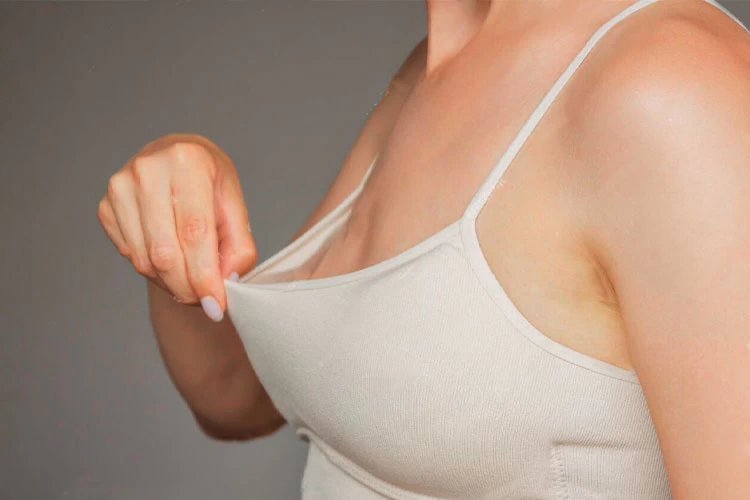




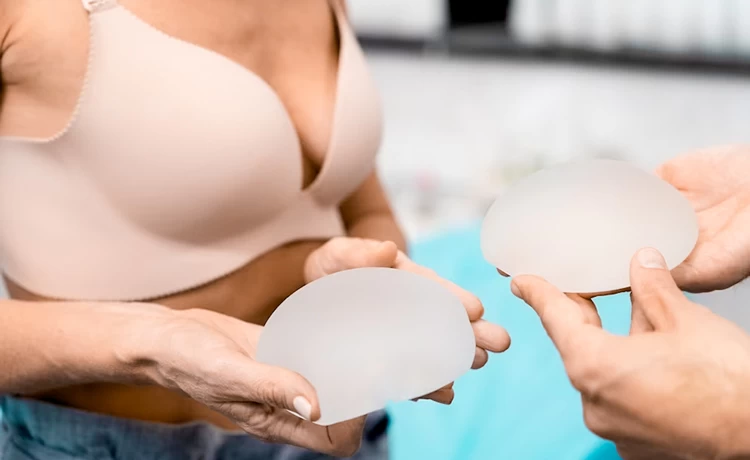
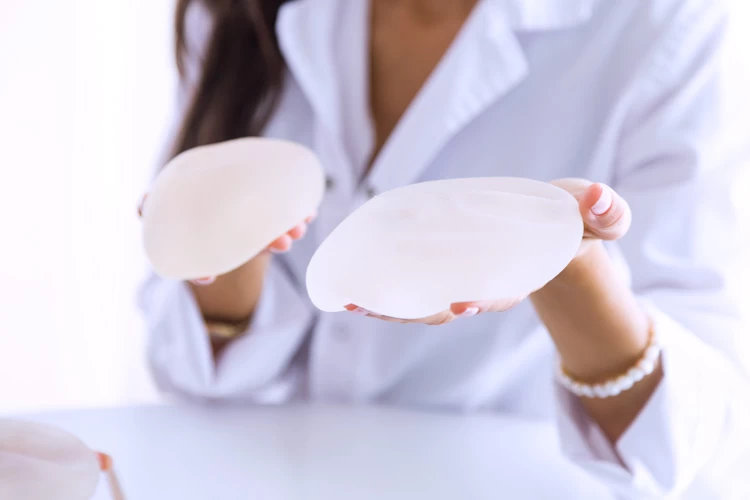
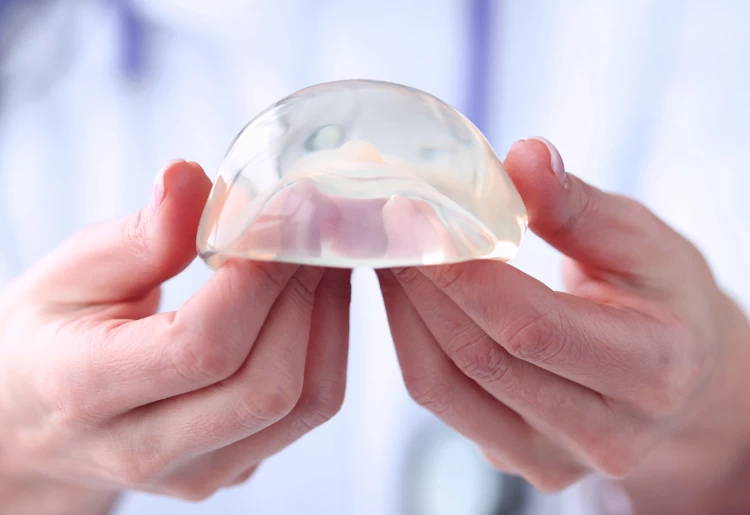
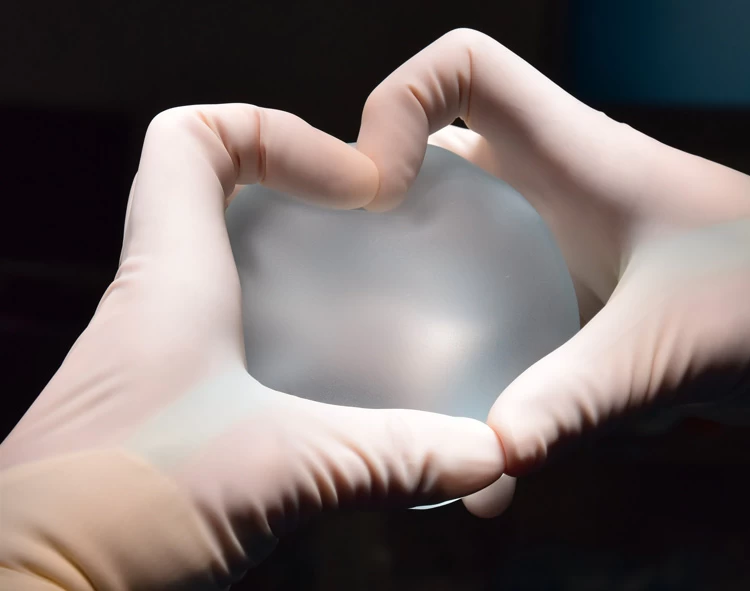
No reviews
Your comment